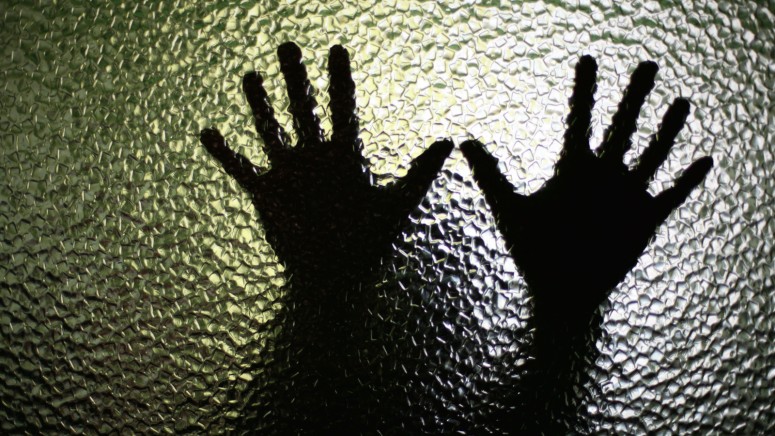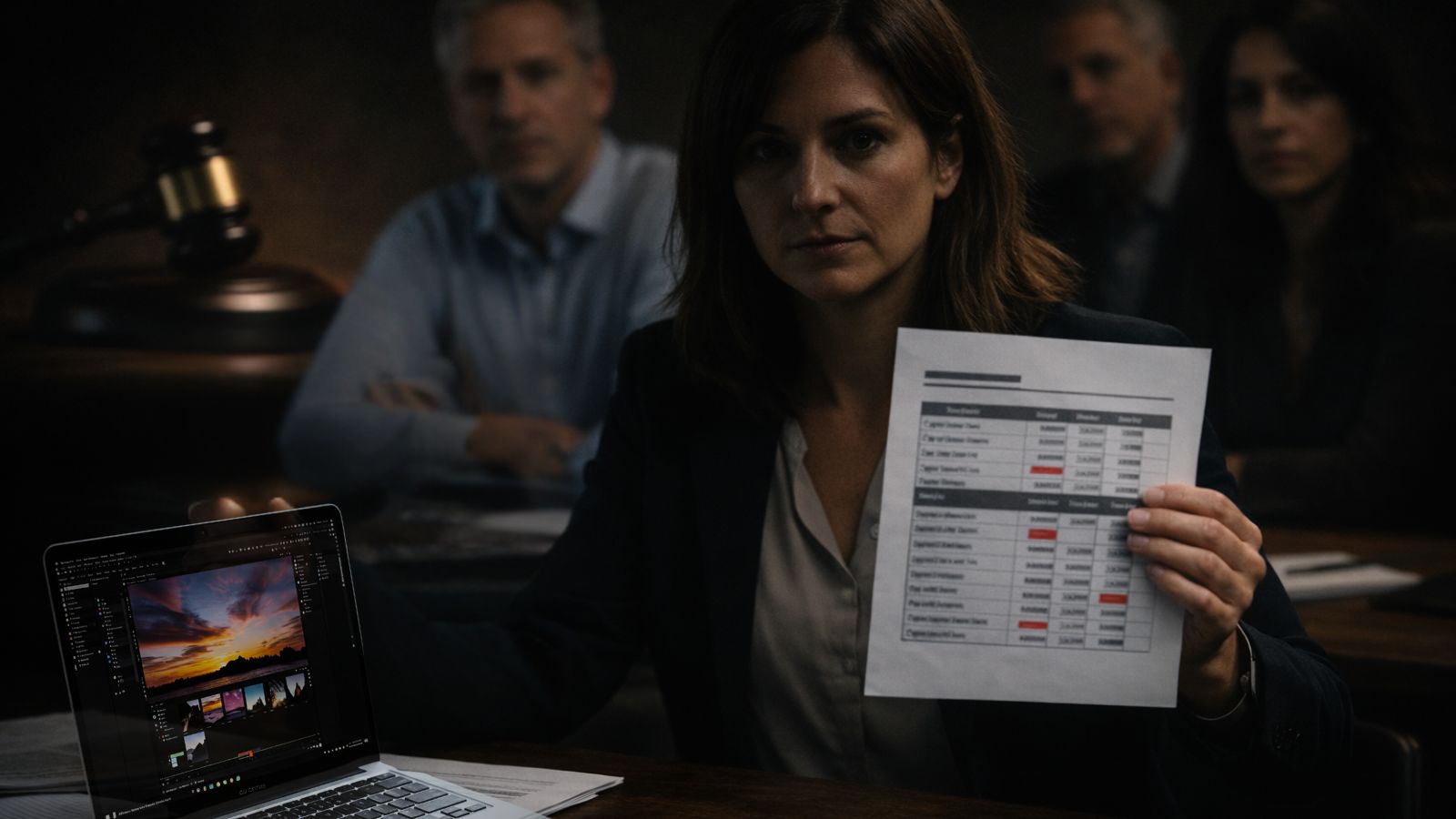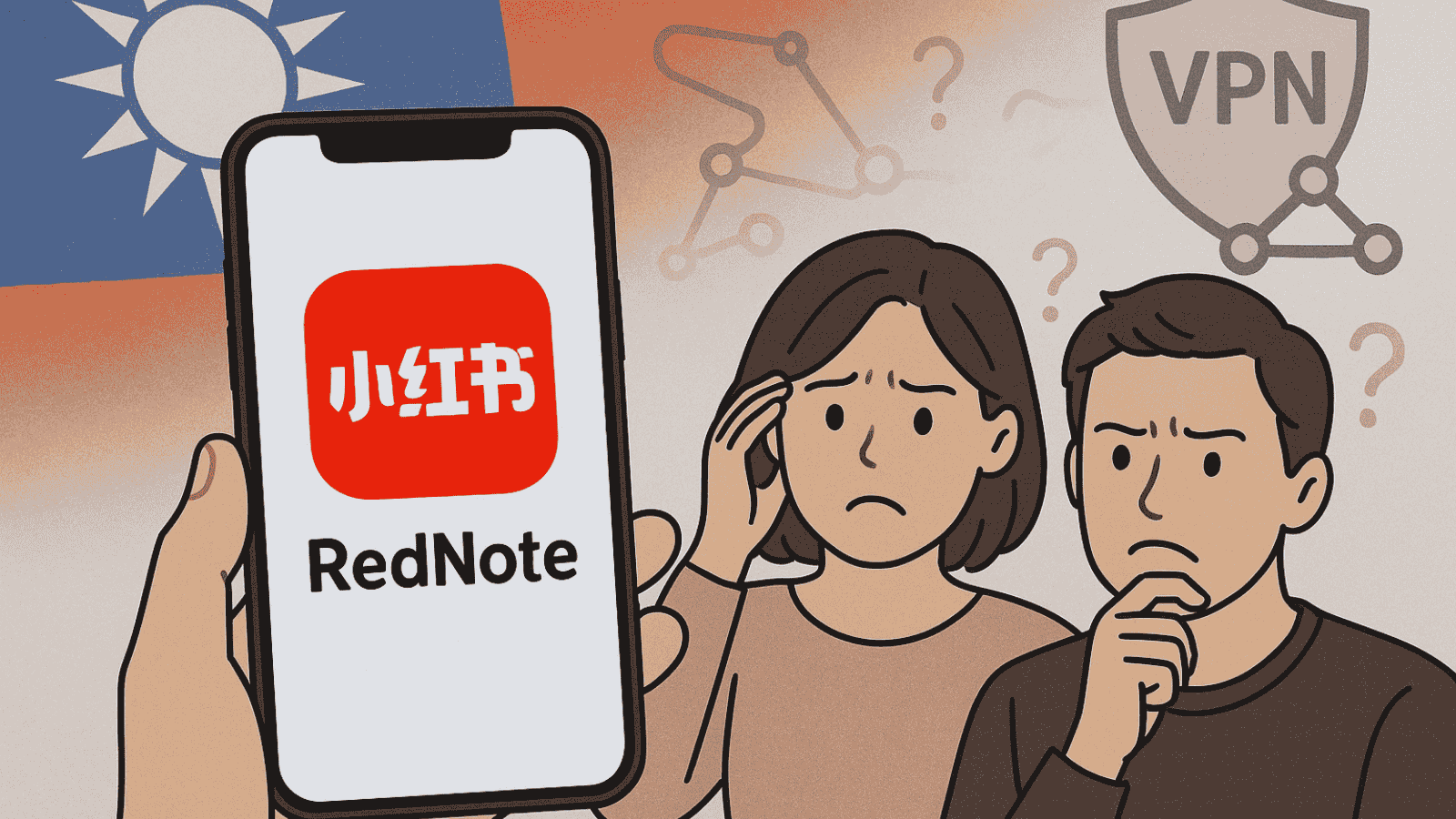
Man Charged With Possession of Child Abuse Material After Uploading It to Google Drive
- An Australian thought it was a good idea to upload child abuse material on Google Photos and Drive.
- Soon, the man was reported to the police by the NCMEC, was located, arrested, and charged.
- Thinking that Google Drive is private and content uploads don’t go through scrutiny is plainly wrong.
If you thought that you can upload anything on cloud storage services without having to worry about the content and whether anyone will bother to check if it violates the usage terms, here’s a story that proves this notion wrong. A 52-year-old man in South Australia has uploaded 156 media files containing child abuse material onto Google Photos and Google Drive. Soon, he was arrested and charged for possession of material that violates section 474.22A of the Criminal Code Act 1995 (Cth).
This means the man is now facing a maximum penalty of 15 years in prison, which is to be decided by the Port Pirie Magistrates Court. As Detective Superintendent Gail McClure stated, this arrest is another warning that law enforcement can reach online resources that users consider private and safe - and that the power that comes from international law enforcement collaborations is enough to aid them in locating anyone involved in devastating crimes. In this case, the report came from the National Center for Missing and Exploited Children (NCMEC).
Indeed, Google doesn’t have the capacity to thoroughly check every possible term infringement on services like Photos and Drive, as users upload huge volumes of files there every day. We discussed this problem again in January when Google Drive was apparently turning into an atypical pirate haven, freely offering or selling access to movies, porn videos, personal images, software, etc. These “repositories” were also being indexed by Google Search, so finding them isn’t hard, neither for users nor for the police as it seems.
During the arrest, the South Australia Joint Anti Child Exploitation Team (SA JACET) also seized a laptop, two desktop computers, a mobile phone, and a notebook containing handwritten passwords. By using these credentials to access the devices and other online accounts of the charged man, the investigators found a significant amount of additional abuse material.
Even if one is not producing this material yourself but merely buying or downloading and sharing it, it is not a victimless crime, and one is by no means innocent. Every piece of child abuse image or video that is out there amplifies the trauma for the child, and as long as abusers see demand for this material, they continue to have the incentive to produce more.








